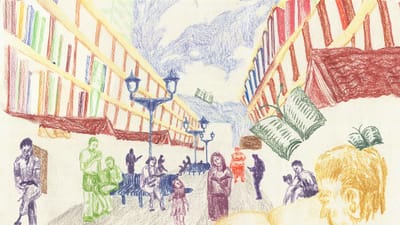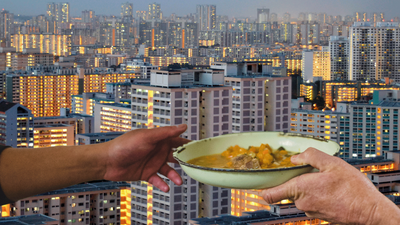National servicemen can expect to face violence not only from their enemies, but sometimes their comrades too. In May 2018, Kok Yuen Chin, a 22-year-old corporal with the Singapore Civil Defence Force, was celebrating his imminent “operationally ready date (ORD)”. As part of the festivities, his fellow servicemen had chucked him into a 12m-deep pump well at their fire station. After more than 30 mins in the water, during which his colleagues had tried to save him, Kok drowned. In sentencing his commanders to jail, the judge said that it was “...extremely disquieting that there are commanders who condone ragging as horseplay as boys will be boys.”
Hazing and ragging, although illegal, continues to bedevil armed forces from Malaysia and South Korea to the United States. Less contentious, but still problematic, are instances when regular methods of disciplining soldiers are taken too far.
During basic military training (BMT) in the Singapore Armed Forces (SAF), a common form of punishment is the “change parade”: sergeants force recruits to run up a flight of stairs, change into their physical training attire, run back down, do push-ups if they fail to meet impossible requested timings, and then run back up the stairs to change into their uniforms again. Rinse and repeat until the sergeants are satisfied. Occasionally, stories have emerged of recruits getting injured in the process, and then having to be medically evacuated, and their commanders subsequently being charged.
“The Ministry of Defence [MINDEF] and the Singapore Armed Forces take a zero tolerance approach towards any form of abuse of soldiers or personnel, either by their commanders or peers,” said Ng Eng Hen, defence minister, in Parliament two months after Kok’s death. “While military training aims to build up the physical and psychological resilience of soldiers, and instil discipline, their safety need not be compromised. Acts of humiliation are specifically prohibited.”
Yes, extreme instances of abuse and violence are reported and dealt with. What we often don’t hear about are all the other unhealthy behaviours and values that may be engendered during National Service (NS). When we gather a group of young boys, we should understand the concepts they’ll learn—from the system, their higher-ups, and each other—and internalise as they grow into men.
What is the purpose of NS? National defence (SAF), homeland security (Singapore Police Force, SPF) and emergency services (Singapore Civil Defence Force), at its core. It’s also been lauded for its secondary roles, for example in fostering social cohesion and individual discipline. But far less focus has been given to the fact that NS has, perhaps inevitably, become Singapore’s masculine rite of passage.
Delicate urbanite Singaporean boys are pushed out of their comfort zones, conquering physical and mental obstacles alongside a diverse cast of comrades. They grow into men—physically fit and mentally resilient leaders who willingly step up to protect Singapore. It’s a narrative embedded in Singaporean cultural consciousness: “Ah Boys to Men 2”, which echoes said narratives, is the highest-grossing Singaporean film of all time.
As with the “Ah Boys to Men” franchise, popular representations of this important masculine rite of passage tend to veer towards the superficial, more comedy than introspection. Mainstream reporting, meanwhile, tends to privilege dominant stereotypes of masculinity: “[The change parade] is typically used as a type of punishment, but I choose to believe it is to train me for when I become a superhero and have to change into my suit quickly,” concluded Fabian Koh at The Straits Times.
Jom has published commentaries calling for the abolishment of military conscription and, conversely, also profiles of individuals who emphasised its continued importance to Singapore. This essay does not intend to wade into this debate, but instead takes NS as a given, a vital facet of Singaporean life. It seeks to analyse NS as a key site for the contestation and reproduction of masculinity in Singapore: its complexities, challenges, and possible ways forward.
Masculinity isn’t a one-size-fits-all suit. Imagine it as a trench coat of masculine values with three racoons inside. Let’s meet our first racoon, the notion of physical fitness.





